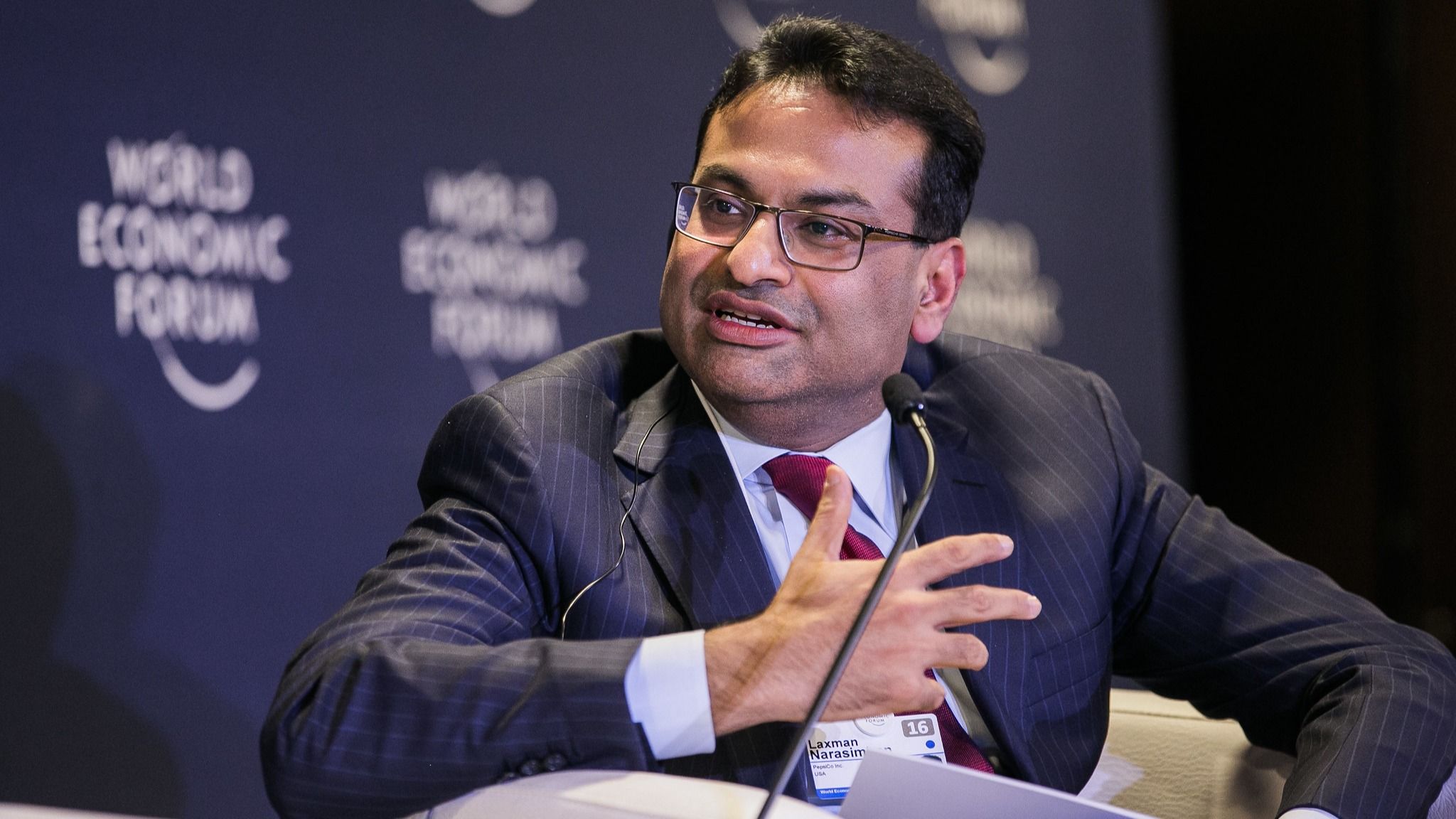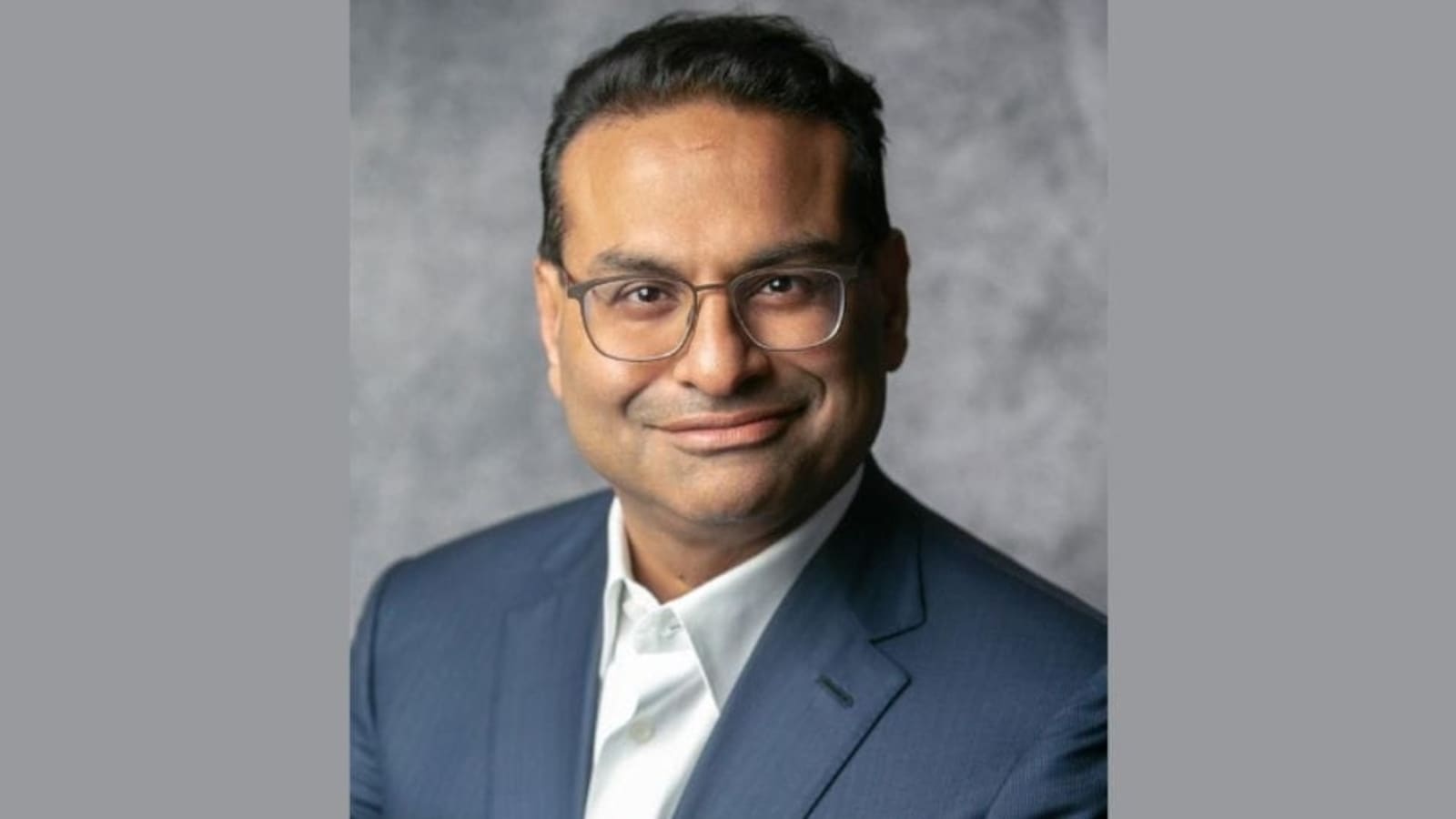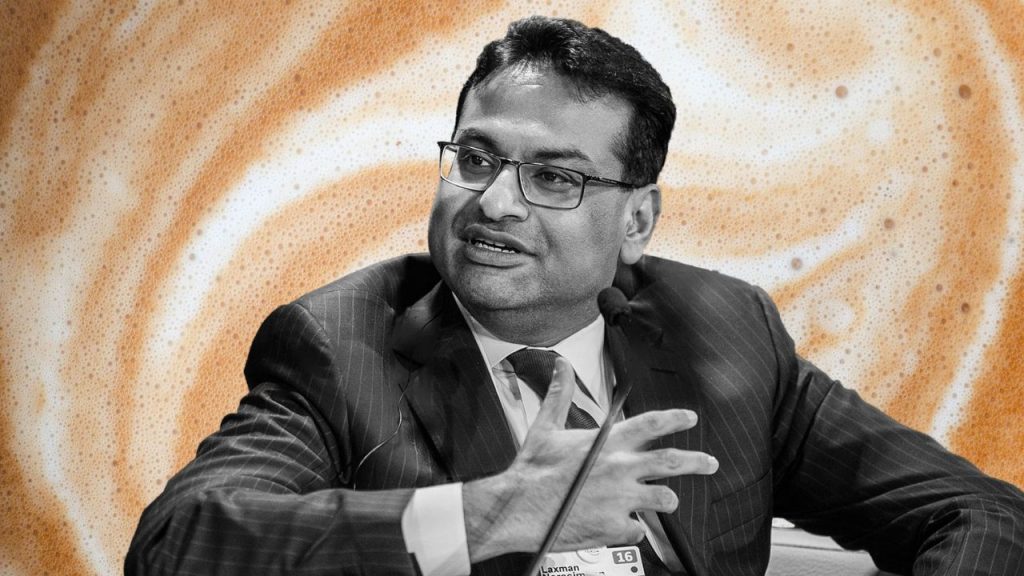Laxman Narasimhan’s Career Trajectory

Laxman Narasimhan’s journey to the CEO position at Starbucks is a testament to his diverse experience and strategic leadership skills, honed through his roles at prominent multinational companies like PepsiCo and Reckitt Benckiser. His career path has been marked by significant achievements and a consistent focus on driving growth and innovation.
Key Positions and Achievements at PepsiCo and Reckitt Benckiser, Laxman narasimhan
Narasimhan’s career began at PepsiCo, where he spent over a decade, rising through the ranks to hold various leadership positions across different divisions. His early experience at PepsiCo provided him with a strong foundation in consumer goods marketing, sales, and operations.
- Narasimhan started his career at PepsiCo in 1999 as a Brand Manager for Quaker Oats, where he was responsible for developing and executing marketing strategies for various Quaker products.
- He later transitioned to leading the Quaker Foods business in the United States, where he successfully navigated the company through a period of significant growth and market share expansion.
- Narasimhan’s career trajectory at PepsiCo continued to ascend as he took on increasingly senior roles, eventually becoming the President of PepsiCo’s Global Beverages division. In this role, he oversaw the company’s global beverage portfolio, including iconic brands like Pepsi, Mountain Dew, and Gatorade.
- Narasimhan’s success at PepsiCo caught the attention of Reckitt Benckiser, a global consumer goods company, where he was appointed as the Chief Commercial Officer in 2012. In this role, he led the company’s global commercial operations, driving sales growth and expanding market reach.
- Narasimhan’s strategic leadership and ability to deliver results earned him the position of Chief Executive Officer at Reckitt Benckiser in 2019. He led the company through a period of significant transformation, focusing on innovation, digitalization, and operational efficiency.
Skills and Experiences Gained
Narasimhan’s tenure at PepsiCo and Reckitt Benckiser equipped him with a diverse range of skills and experiences that proved invaluable in preparing him for the CEO role at Starbucks.
- Strategic Leadership: Narasimhan demonstrated his ability to develop and execute strategic plans that drove significant growth and profitability at both PepsiCo and Reckitt Benckiser. His experience in leading large, complex organizations, managing diverse teams, and navigating challenging market conditions prepared him for the demanding role of CEO.
- Consumer Insights and Market Understanding: Narasimhan’s deep understanding of consumer behavior, market trends, and competitive dynamics was honed through his years of experience in the consumer goods industry. This expertise enabled him to identify and capitalize on growth opportunities and to develop innovative products and services that resonated with consumers.
- Global Business Acumen: Narasimhan’s experience in leading global businesses across different markets provided him with a comprehensive understanding of international business practices, cultural nuances, and regulatory environments. This global perspective is essential for leading a company like Starbucks, which operates in over 80 countries.
- Innovation and Transformation: Narasimhan’s track record at both PepsiCo and Reckitt Benckiser demonstrates his commitment to innovation and transformation. He has a proven ability to drive change within organizations, embrace new technologies, and adapt to evolving market dynamics. This commitment to innovation is crucial for a company like Starbucks, which is constantly seeking new ways to enhance its customer experience and remain competitive.
- Operational Excellence: Narasimhan’s focus on operational efficiency and cost optimization was evident during his time at both PepsiCo and Reckitt Benckiser. He implemented lean management practices, streamlined processes, and optimized supply chains, contributing to improved profitability and efficiency.
Starbucks Under Laxman Narasimhan’s Leadership

Laxman Narasimhan, the current CEO of Starbucks, took over the helm in April 2023, inheriting a company facing a mix of challenges and opportunities. The coffee giant had been grappling with a combination of rising inflation, supply chain disruptions, and changing consumer preferences. However, it also had a strong brand and a loyal customer base.
Strategic Priorities and Initiatives
Narasimhan’s initial focus has been on strengthening Starbucks’ core business and accelerating its growth trajectory. He has identified several key areas of focus, including digital innovation, customer experience, and operational efficiency.
Digital Innovation
Narasimhan recognizes the importance of leveraging technology to enhance the customer experience and drive growth. Starbucks has been investing heavily in its digital platforms, including its mobile app, online ordering, and delivery services. The company has also been exploring new technologies, such as artificial intelligence and data analytics, to personalize the customer experience and optimize operations.
Customer Experience
Starbucks has always been known for its commitment to customer service. However, Narasimhan has emphasized the need to further elevate the customer experience, particularly in a highly competitive market. The company has been focusing on enhancing its in-store experience, including providing faster service, offering a wider range of products, and creating a more welcoming atmosphere.
Operational Efficiency
Narasimhan is also focused on improving Starbucks’ operational efficiency to enhance profitability. The company has been implementing initiatives to streamline its supply chain, optimize its labor costs, and reduce waste. These efforts are aimed at improving Starbucks’ overall efficiency and profitability.
Impact on Starbucks’ Performance
While it’s still early days in Narasimhan’s tenure, there are some early signs that his strategies are starting to have a positive impact. Starbucks has reported strong financial performance in recent quarters, with revenue growth exceeding expectations. The company has also seen an increase in customer satisfaction and loyalty.
Narasimhan’s leadership has been praised for its focus on innovation, customer experience, and operational efficiency. His strategic priorities are aligned with the evolving needs of the coffee industry, and his commitment to digital innovation is particularly noteworthy. As Starbucks continues to navigate the challenges and opportunities of the global coffee market, Narasimhan’s leadership will be critical to its future success.
Laxman Narasimhan’s Vision for Starbucks

Laxman Narasimhan, the new CEO of Starbucks, has a clear vision for the company’s future, focusing on driving growth, enhancing the customer experience, and strengthening the brand’s position in the global market. He envisions a Starbucks that is not only a leading coffee retailer but also a responsible and sustainable organization that contributes positively to its communities.
Growth Strategy and Expansion Plans
Narasimhan’s vision for Starbucks is rooted in a long-term growth strategy that encompasses both organic and inorganic expansion. He aims to increase the company’s global footprint, targeting new markets and expanding its presence in existing ones. Starbucks plans to achieve this by opening new stores, particularly in emerging markets with high growth potential, and by leveraging its digital platforms to reach a wider customer base.
Narasimhan is also committed to exploring strategic partnerships and acquisitions to accelerate growth and enter new market segments. For example, Starbucks has already made significant investments in plant-based alternatives and personalized coffee experiences, reflecting its commitment to innovation and customer-centricity.
Sustainability and Social Responsibility Initiatives
Narasimhan recognizes the importance of sustainability and social responsibility in today’s business environment. He has pledged to make Starbucks a more sustainable company by reducing its environmental impact and promoting ethical sourcing practices. This includes initiatives such as:
- Reducing greenhouse gas emissions across the entire supply chain.
- Promoting sustainable coffee farming practices through its Coffee and Farmer Equity (CAFE) Practices program.
- Investing in renewable energy sources and reducing water consumption.
- Supporting community development initiatives in coffee-growing regions.
Narasimhan also emphasizes the importance of diversity, equity, and inclusion within Starbucks. He aims to create a more inclusive workplace and foster a sense of belonging for all employees. This includes initiatives such as:
- Setting ambitious goals for diversity representation at all levels of the organization.
- Providing training and development opportunities to promote career advancement for all employees.
- Creating a culture of respect and inclusivity where everyone feels valued and empowered.
Key Goals for Starbucks in the Next Few Years
Narasimhan has Artikeld several key goals for Starbucks in the next few years, which are aligned with his long-term vision for the company. These goals are:
| Goal | Strategy |
|---|---|
| Increase global store count by 10% | Open new stores in emerging markets, particularly in Asia and Africa. |
| Expand digital offerings and enhance customer experience | Invest in mobile ordering and delivery services, personalized recommendations, and loyalty programs. |
| Drive innovation and expand into new market segments | Explore new product categories, such as plant-based beverages and personalized coffee experiences. |
| Achieve carbon neutrality by 2030 | Reduce greenhouse gas emissions across the entire supply chain, invest in renewable energy sources, and promote sustainable coffee farming practices. |
| Increase diversity representation at all levels of the organization | Set ambitious goals for diversity representation, provide training and development opportunities, and create a culture of respect and inclusivity. |
Narasimhan’s vision for Starbucks is ambitious and far-reaching. He believes that by focusing on growth, innovation, sustainability, and social responsibility, Starbucks can become a truly global and purpose-driven company.
